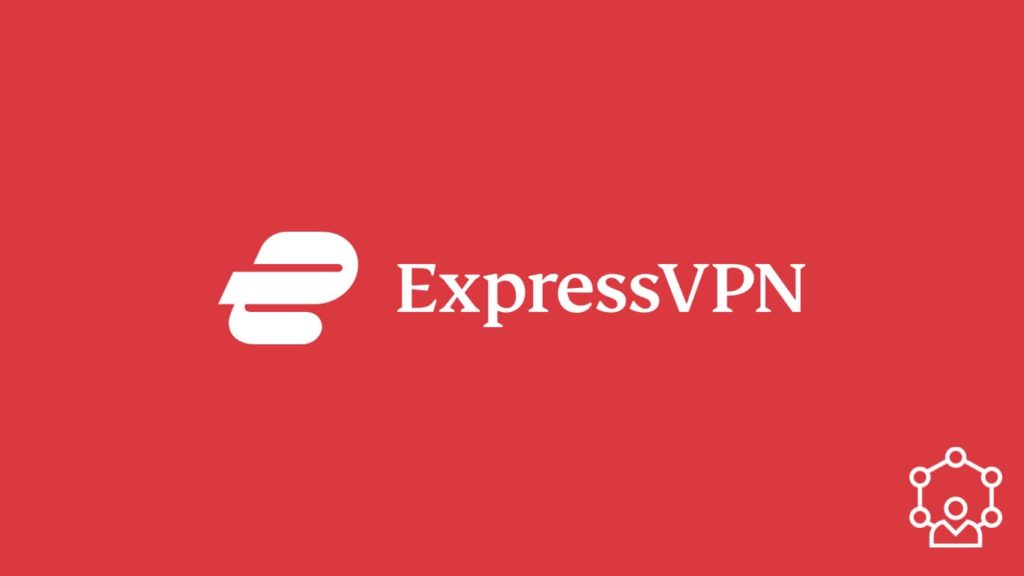
ExpressVPN is widely known as one of the leaders in the VPN industry, but that doesn’t apply to concurrent connections. Though we won’t mention any names, several other VPN providers offer a few more simultaneous connections and a lower price. Some even offer unlimited concurrent access. Granted, they do so to make up for features or functionality ExpressVPN excels in. Nonetheless, if that’s something your family, friend group, or small business needs, and you end up disappointed, feel free to check our list of the best VPN for multiple devices. With that said, let’s answer, “How many devices can I simultaneously connect to ExpressVPN?”
How many devices can ExpressVPN connect simultaneously?
You can connect up to five (5) devices, of any platform, at any moment in time, concurrently, using a single ExpressVPN subscription. That’s the short answer, at least. Let’s elaborate on the topic.
The most common source of confusion is the number of installations. To clarify, you can install ExpressVPN on as many devices or computers as you wish. The restriction above only applies to how many can actively be connected to the ExpressVPN VPN at the same time. In other words, you can disconnect your Apple laptop from the network and immediately connect your Windows PC or Apple iPhone because the slot has freed.
Additionally, ExpressVPN does not limit bandwidth or speed on any devices, whether you connect one or all five. Another frequent concern is the fact the provider seems to know exactly how many devices you connect to their network at any point in time, despite having a zero-log policy. We want to reiterate, ExpressVPN never hid the fact they collect the bare minimum of information required for basic functionality (this one included). However, they don’t store any connection or activity logs.
Platforms ExpressVPN supports
We want to remind you about the computers and devices the service supports, so you can extract the most out of the subscription. With that said, ExpressVPN works on these platforms:
- Computers: Windows, Linux, Mac, Chromebook
- Mobile devices: Android, iOS, Nook HD, Surface RT, Kindle Fire
- Smart TV and Smart TV boxes: Amazon Fire TV Stick, Android TV, Amazon Fire TV, Samsung Smart TV, Apple TV, Google Chromecast, Nvidia Shield, Roku, Mi Box, LG Smart TV
- Consoles (through MediaStreamer): PlayStation, Nintendo Switch, Xbox
- Routers: You can get ExpressVPN working in 3 ways:
- VPN routers with ExpressVPN pre-flashed, namely several Netgear, Asus, and Linksys models
- Routers compatible with ExpressVPN firmware you need to install yourself
- Models of routers that only support manual ExpressVPN setup
How can I connect more than 5 devices to ExpressVPN?
Don’t get us wrong, the limit is still sufficient for a household or having multiple devices, which the VPN provider was going for. Sadly, even if you love what they do, how they do it, and what they stand for, you may need to look at alternatives if the restriction doesn’t fit your needs. Before you do, we urge you to explore these 4 ways to use ExpressVPN on more than five devices:
1. ExpressVPN on a router
The primary way, and the one the provider wholeheartedly recommends, is installing their firmware on a router. The number of devices that can connect to the ExpressVPN simultaneously on a router depends on the hardware, as the provider doesn’t put an artificial limit. It even goes as far as to implement Device Groups, allowing you to connect up to 5 different groups of devices to 5 separate VPN servers at the same time.
The vast majority of routers today start at 16 devices at a time, but a lot go to 32 and those in recent years with three-band access (2.4 GHz, 5 GHz, and 6 GHz) seem to support between 50 and 60 devices concurrently. Some manufacturers deliberately leave the number out. Hence, you should examine the specs sheet and/or reviews before you commit. Further, you need to double-check they’re compatible with ExpressVPN.
2. Share a connection
Though you’re technically sharing a connection by connecting multiple devices to a router, the term often refers to unconventional uses. For example, you can connect your Android device to a VPN, then share it as a hotspot to other devices in the vicinity. This is just one of many examples. We already went over this in great detail in our guide on sharing a VPN connection.
3. Get a new subscription
Another option is to simply purchase a separate subscription and thus connect 10 devices to ExpressVPN simultaneously. One more, and the number goes to 15, and so on. While we won’t deny ExpressVPN is among the providers whose price is on the high end of the spectrum, you truly get your money’s worth. Moreover, it might be unavoidable if not all your devices are in a central location, making VPN routers and connection sharing unfeasible. Ultimately, it’s up to you to weigh the pros and cons and viability.
4. Use MediaStreamer
MediaStreamer is ExpressVPN’s DNS (Domain Name System) service, suitable for devices that don’t support VPNs directly. Those gadgets usually only permit manual configuration and are frequently used for video streaming. Thus, its intended hardware is consoles and smart TV devices. The benefit is that, since it isn’t a VPN, the connection doesn’t use one of 5 free slots.
What you shouldn’t forget is that MediaSteamer doesn’t encrypt your traffic, won’t let you switch locations, and doesn’t have the security and privacy features their VPN service does.
